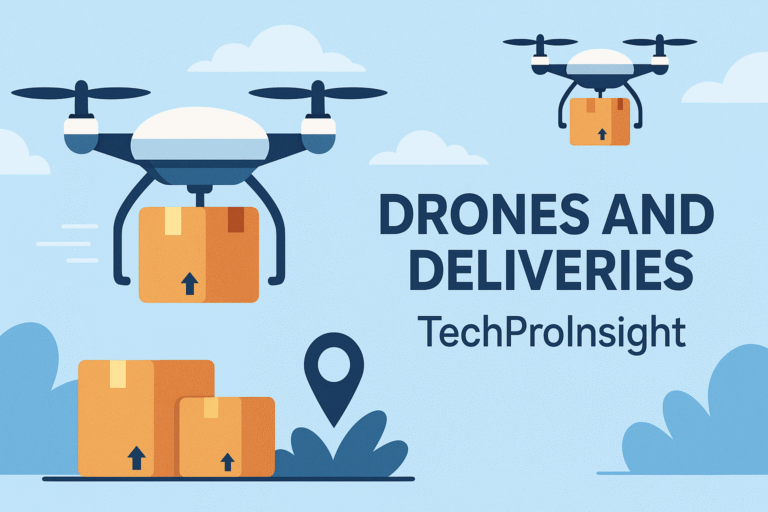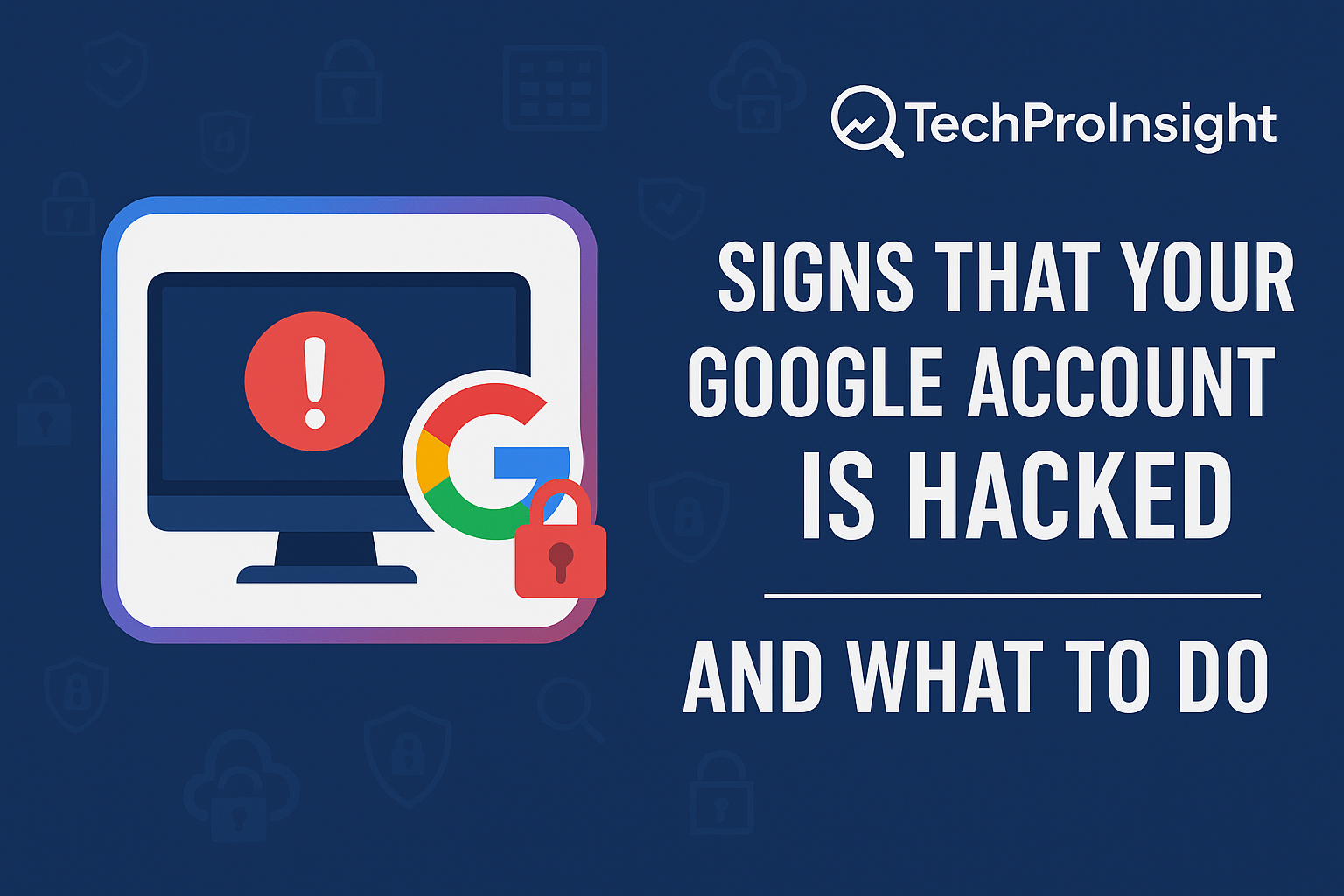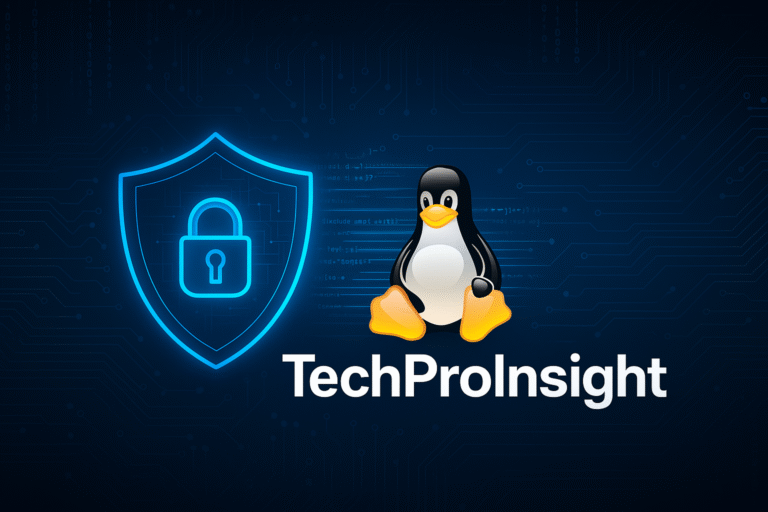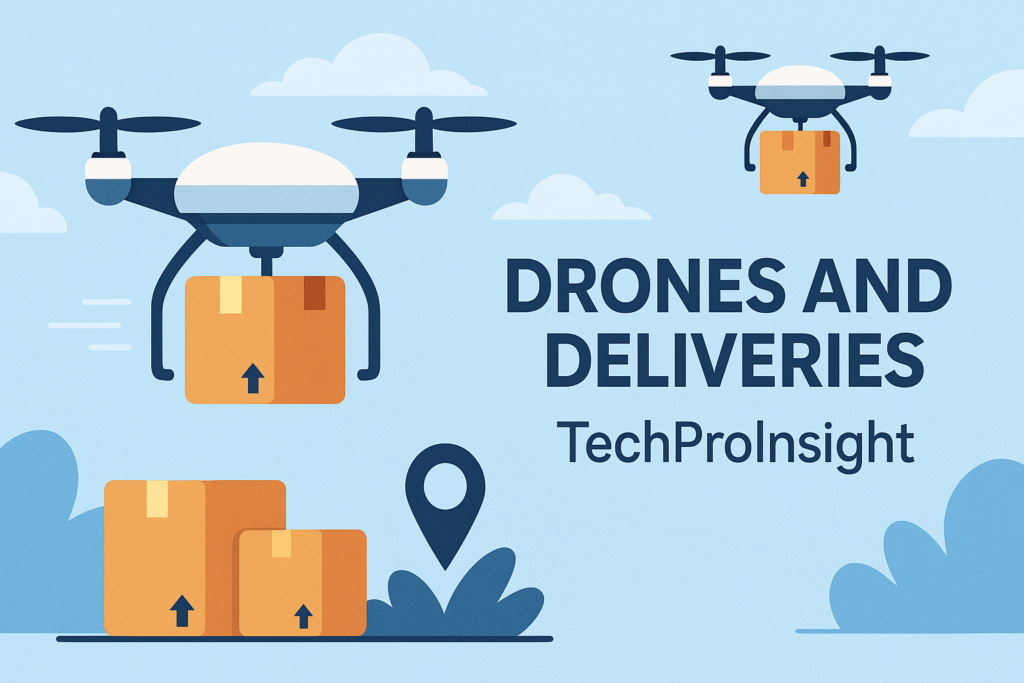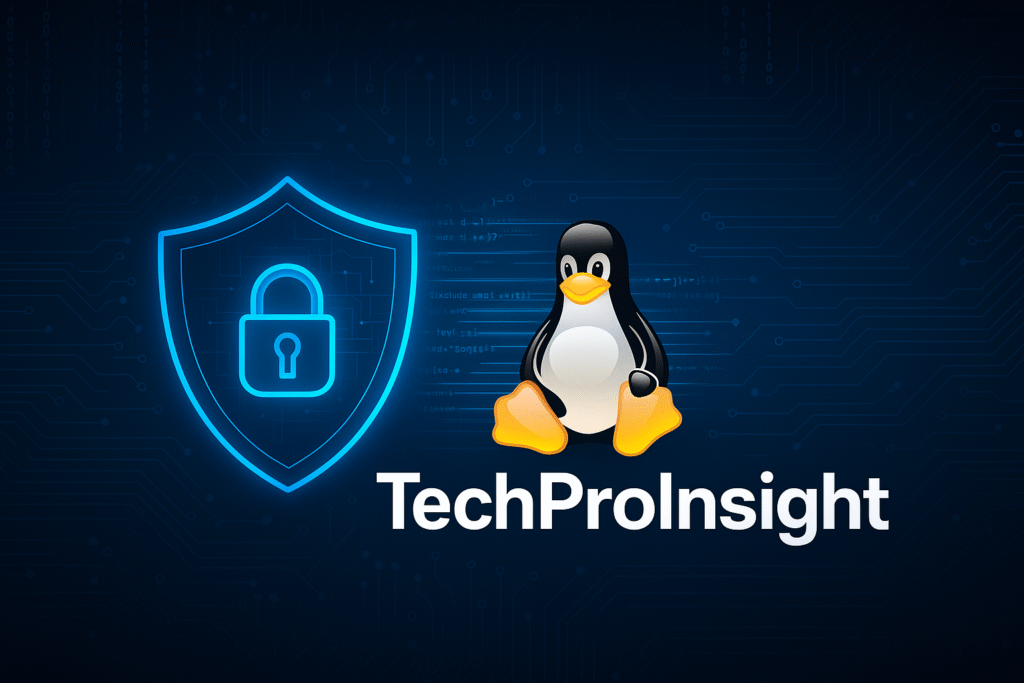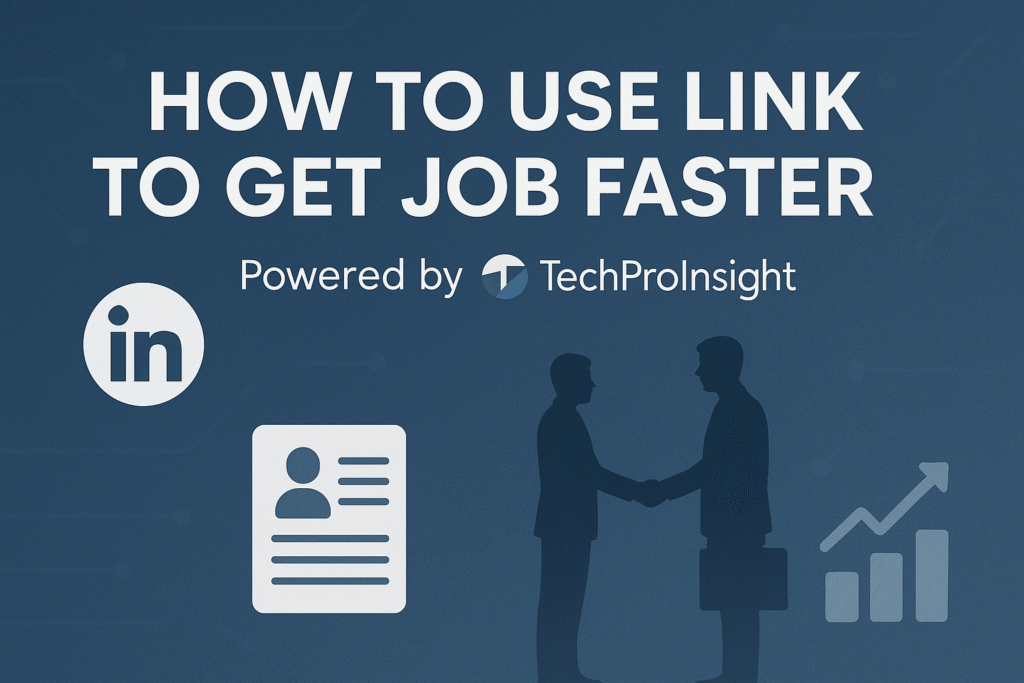Published by TechProInsight.com
A time when artificial intelligence is transforming what is possible, few technologies have generated as much debate as deep fakes. These hyper-realistic, AI-created videos, audios and photos have fascinated the public imagination—sometimes with wonder, sometimes with fear.
Is deep fake technology a digital threatening truth and trust or can it be used as a powerful tool for good?
In this detailed post, going to unpack the origins, capabilities, risks and opportunities presented by deep fake technology and explores how society should navigate this complex terrain.
- What are Deep Fakes?
- Positive Applications of Deep fake Technology
- The Dark Side of Deep fakes
- Deep Fakes Detection and Regulations
- Ethical Issues Surrounding Deep Fakes
- Navigation of Deep Fake World
What Are Deep fakes?
Deepfake” is a combination of deep learning and fake. It means AI-created or manipulated media in which the appearance of a person is created or edited digitally to say or do something him or her never did. Deep fakes typically employ Generative Adversarial Networks (GANs), which is a machine learning method in which two neural networks race to create progressively more realistic fakes.
Deep fakes can manipulate:
- Faces and facial expressions in video
- Vocal of speech and tones pattern
- Body postures and movements
- Full video or audio clips
Although technology which was previously reserved for researchers with top-of-the-line GPUs, now anyone can on the internet to make believable deepfakes with open-source apps and software.
The Positive Applications of Deep fake Technology
Deepfake technology having a negative reputation, has positive, even groundbreaking, uses across industries.
Entertainment and Film
- Visual Effects: Deep fake technology is employed by movie studios to duplicate actors for stunt work or de-ageing.
- Posthumous Performances: Late actors can be featured in films using AI-generated copies.
- Voice Dubbing and Translation: Deep fake technology can also match lip movements with translated dialogues for international audiences.
Education and Training
- Historical Reenactments: Students use AI-created restaging of historical events for interactive learning exercises.
- Medical Simulations: Deep fakes are able to provide complex medical situations for student training in a realistic setting.
Accessibility and Inclusion
- Assistive Technology: AI can restore voices for those who have lost speech through illness.
- Sign Language Interpretation: Avatars are being created to interpret spoken words into sign language in real-time.
Corporate Communication
- Virtual Avatars: Messages can be given in many languages without the need for reshooting.
- HR and Training Modules: Employees are led by deepfake avatars through onboarding and safety guidelines.
The Dark Side of Deep fakes
Deepfakes present both creative possibilities and great dangers—some of which have the potential to destabilize trust in society.
Misinformation and Fake News
Deep fakes have the potential to be used to manipulate public opinion, particularly during election or political uprisings. One single deepfake video of a politician uttering an inflammatory statement could have worldwide effects before it is deputed as being false.
Reputation Damage
Public personalities, reporters and ordinary people have become victims of deep fakes that cause reputations to be ruined or outrage to be provoked. Identifying a deep fake may take weeks—by this time, the damage might be irreparable.
Fraud and Cybercrime
Voice cloning has been used in impersonation scams where criminals clone CEOs to request wire transfers. Deep fake phishing involves a combination of video and voice to trick employees or customers into doing risky things.
Non-Consensual Content
Most repellent uses is the production of non-consensual deep fake pornography, whereby someone’s face is placed over hardcore content. Victims—most typically women—are subjected to trauma, harassment and defamation.
Deep fake Detection and Regulation
As the boundary between real and artificial becomes increasingly difficult to detect, institutions are in a hurry to create detection tools as well as legal standards.
Detection of Tools Powered by AI
Microsoft, Facebook and Google among tech giants have invested in AI technology that examines micro-expressions, inconsistencies in lighting and pixel-level discrepancies to identify deep fakes.
Example: Microsoft’s Video Authenticator can examine static images or videos and give a score of probability of manipulation.
Blockchain Verification
Blockchain-based systems can “timestamp” media during capture, building a chain of trust. Ventures such as Truepic and Content Authenticity Initiative (Adobe-supported) are down this road.
Legal Responses
Some nations are making laws to limit the malicious application of deep fakes:
- United States: States of California and Texas have banned deep fakes from political campaigns and adult contents.
- China: Mandates clearly labeling deep fake content.
- EU: The Digital Services Act is also aiming at deep fakes with more expansive disinformation policies.
Ethical Issues surrounding Deepfakes
Despite regulations, there remain ethical issues:
- deep fakes of public figures for parodying must be permissible under free speech?
- When AI-generated content is maliciously used then who is responsible the creator, platform or algorithm developer?
- How do we keep balance in innovation and in the protection?
- There is no simple solutions yet the discussion is necessary.
Navigation of Deep fake World
Deep fake is not worst technology, any tool is only as good or as bad depend on its use. The next few years will show if we can use it responsibly or succumb to its risks.
Precautions:
- Public Awareness: Individuals need to learn about suspicious media contents.
- Transparent AI: Developers need to ensure design ethically, watermarking and constraints.
- Platform Responsibility: Social media companies need to invest in real-time detection and removal of fake content promptly.
- Legislative Support: Governments need to update laws in such a way that they can prosecute malicious actors without inhibiting innovation.
Conclusion: Threat and Tool
Deep fakes represent the dual nature of technology. They have tools for expression and communication and a weapon for manipulation and deception. The answer isn’t to prohibit the technology but to create a guard boundaries, promote ethical use and remain one step ahead of bad actors.
We at TechProInsight think that knowledge is the first step towards ethical innovation. Let’s use these tools intelligently and never stop asking what is real as we go further into the age of AI.


